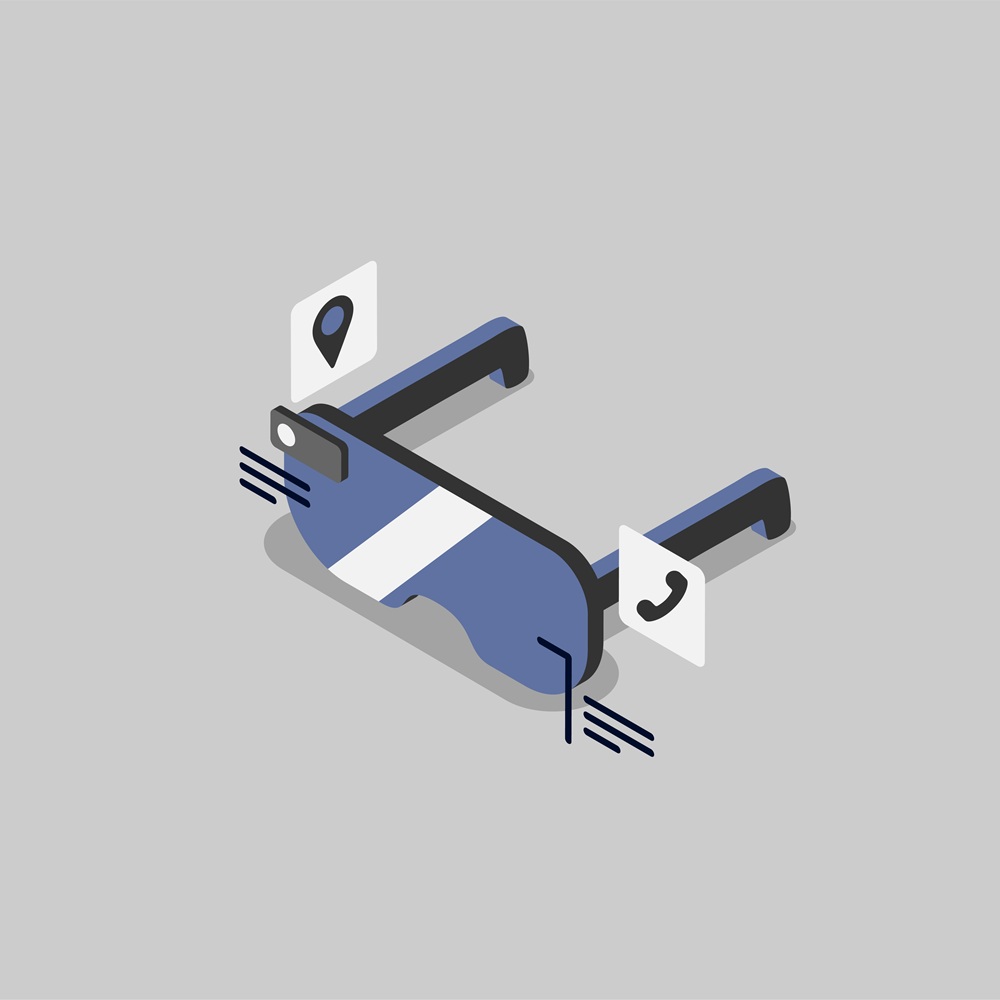News/Notice

As immersive technologies evolve, Augmented Reality (AR) is stepping into the spotlight. While Virtual Reality (VR) once captured the imagination with fully simulated worlds, AR is proving to be the more practical and scalable choice — blending digital information seamlessly into the real world.
In recent years, AR has gained momentum due to two major
factors:
▶Persistent connection to the physical world, allowing users
to stay grounded while interacting with digital content.
▶Advancements in lightweight, wearable AR hardware,
including compact glasses and sensor-packed devices — far more comfortable and
versatile than bulky VR headsets.
Let’s explore how AR works, where it’s used, and how NAMUGA
is helping drive the next wave of innovation.
What is Augmented Reality (AR)?

Augmented Reality (AR) is a technology that superimposes
digital content — such as 3D images, text, animations, or audio — onto the
real-world environment in real time. Unlike VR, which immerses users in a
completely virtual space, AR enhances the physical world by adding interactive
digital layers.
Because AR operates in the user’s actual surroundings, it
allows for more natural interaction and can be integrated into everyday
activities — from shopping and navigation to training and diagnostics.
How Does AR Work?
AR systems function through four core steps:

1. Data Collection – Sensors and Cameras
AR devices begin by capturing environmental data. Using
built-in cameras and sensors (GPS, gyroscopes, accelerometers), the system
detects the user's position, movement, and surroundings.
2. Environmental Mapping – SLAM Technology
With SLAM (Simultaneous Localization and Mapping), the AR
system maps the physical environment in 3D and tracks the user’s location. This
enables digital objects to be precisely aligned with the real world — a key for
delivering believable and accurate AR experiences.
3. Rendering – Digital Content Generation and Placement
Based on real-world context, the system renders digital
content such as 3D models, labels, or instructions. The content dynamically
adjusts to the user’s perspective, making it appear anchored in the real
environment.
4. Display – Visual Output Through Screens or Glasses
The final AR experience is displayed through smartphones,
tablets, or AR glasses. Users see both the physical world and digital
enhancements overlaid, creating an interactive and immersive experience.
Real-World Applications of AR
AR is now being deployed across a wide range of industries:
Manufacturing
In manufacturing, AR delivers real-time guidance to assembly line workers, improving accuracy and productivity. When it comes to equipment maintenance, AR-based manuals overlay digital instructions directly onto machinery, enhancing both the speed and precision of repair tasks. In remote collaboration scenarios, AR enables technicians and engineers to share visual 3D models and receive expert feedback instantly, streamlining problem-solving and reducing downtime.
Healthcare
The healthcare sector is adopting AR for both medical training and patient care. Surgeons and medical staff use AR-based 3D simulations to plan procedures with greater accuracy, while anatomy visualizations aid in education and diagnostics. For patients, AR helps improve communication by visually illustrating treatment options or procedures, leading to better understanding and informed decision-making.
Retail
Retailers are using AR to elevate the shopping experience by offering virtual try-ons and previews. Consumers can see how furniture fits in their living room, try on glasses, or apply makeup virtually — all through their smartphone or AR glasses. These immersive interactions help customers make more confident purchasing decisions and significantly increase conversion rates.
Automotive
In the automotive industry, AR enhances both safety and user experience. Head-Up Displays (HUDs) project essential driving data — such as speed and navigation — directly into the driver’s line of sight, reducing distraction. Additionally, AR-powered navigation systems overlay route directions onto the real road, providing intuitive, real-time guidance that improves situational awareness behind the wheel.
Why AR is Gaining More Ground Than VR
While VR creates entirely new worlds, AR enhances the one we
live in — making it more usable in daily life and work. Add to that the
hardware advantage: AR glasses and devices are getting smaller, lighter and
smarter, making them suitable for longer wear and real-world applications.
As industries shift toward spatial computing and immersive
tech, AR is fast becoming the go-to solution for both consumer and enterprise
applications.

NAMUGA: Building the Future of AR with Smarter Camera
Modules
At NAMUGA, we are proud to be at the heart of the AR
hardware ecosystem.
We began our journey developing advanced camera modules for
smartphones, and today, we’re expanding into AR and VR with solutions that
power immersive experiences across sectors.
Our camera modules:
★Enable precise environmental mapping for SLAM
★Support high-resolution image capture in lightweight,
compact designs
★Deliver low-latency performance ideal for real-time AR
rendering
As AR hardware demands faster, smarter, and more compact imaging systems, NAMUGA is meeting the challenge — enabling everything from smart glasses to industrial headsets and consumer wearables.



